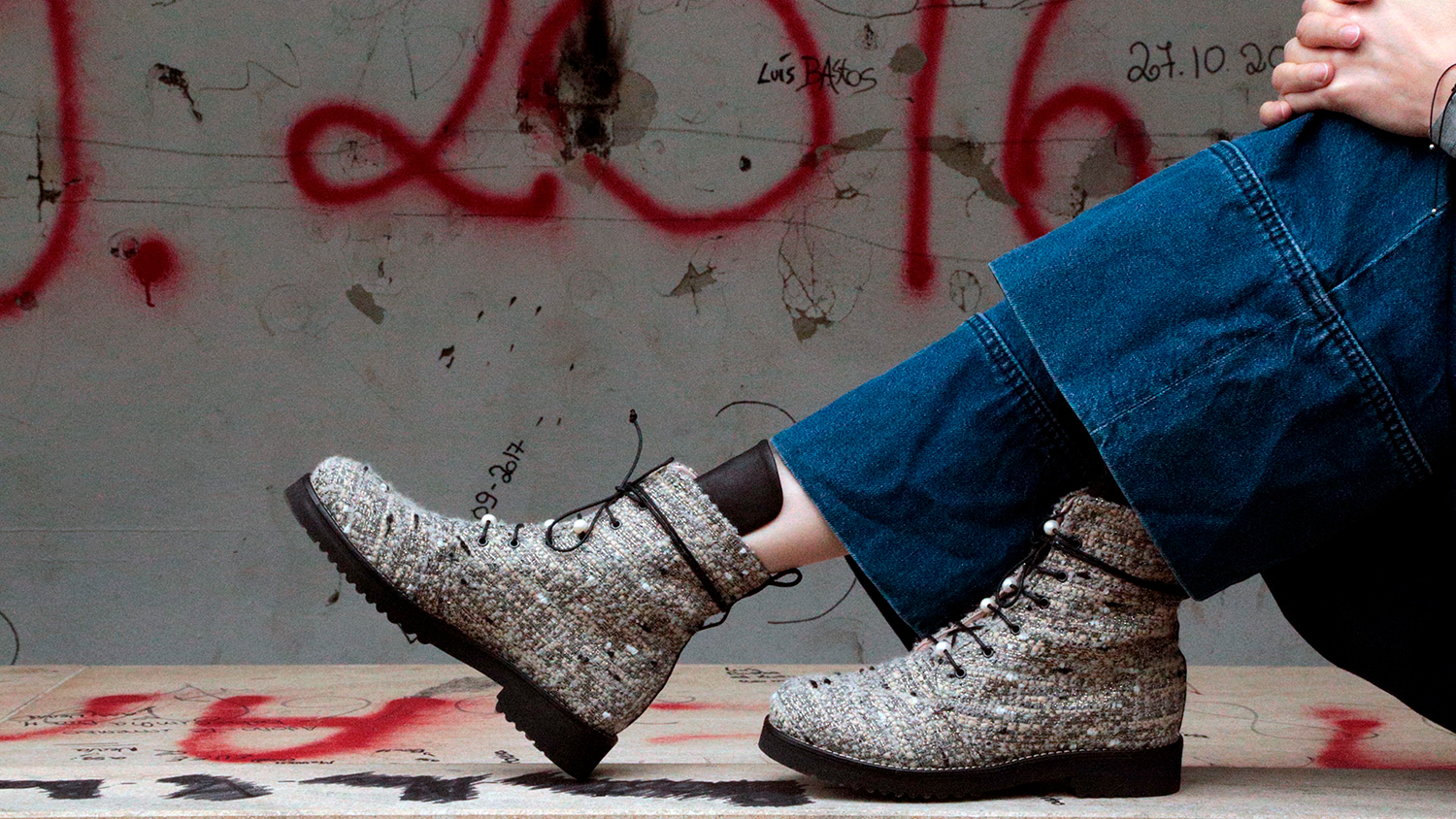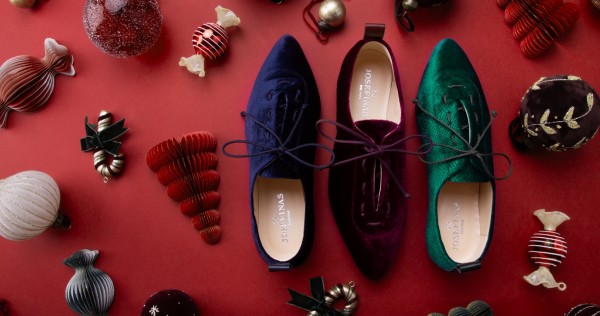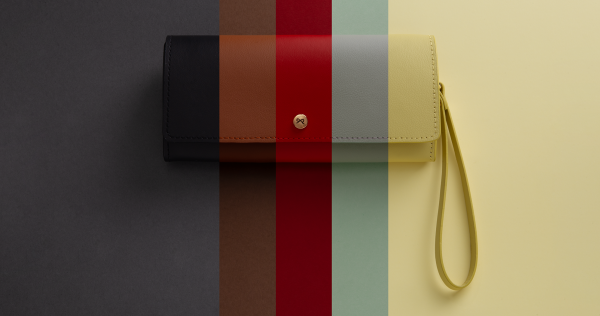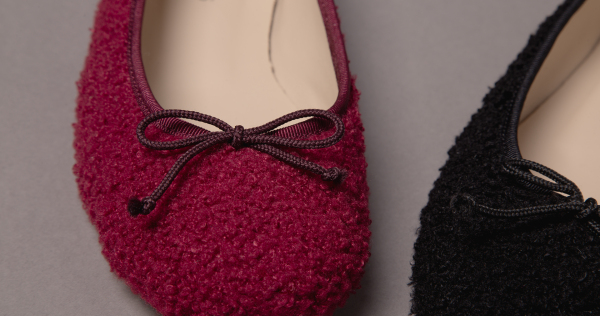Everyone knows the famous Chanel suit that Karl Lagerfeld still reinvents today. Shorter, longer, bolder or classical, the truth is that however much it varies in design, its base is usually the same - tweed, which can never be missing from the house of Chanel.
This famous fabric was born in Scotland but was popularized in Ireland and in the United Kingdom. Initially it was dubbed Twill, but due to a translation error, someone called it tweed, and so it stayed until today.
Initially produced exclusively in wool and made with a distinct type of weaving, a diagonal rather than a linear pattern was created. This pattern also gave the opportunity to design a more colorful, flexible and warm fabric, being preferentially used for outdoor activities, such as hunting.
Coco Chanel gave it the worldwide popularity it has today, drawing on the masculine suits of her beloved Duke of Westminster, made in tweed. Coco Chanel realized that these masculine suits were extremely comfortable and had an outstanding quality. Chanel, inspired by the colors of the Scottish countryside, carried leaves and pieces of land to a Scottish factory that produced the tweed, with which she made her pieces. But over time Coco Chanel blended other materials into the original woolen fabric, including silk, cotton and even cellophane.

Although it was popularized by Coco Chanel, this luxury fabric was not born into the House of Chanel, but rather in the 18th century, in Scotland, where weavers created a warm and dense fabric to be worn abroad, and the result a woolen fabric - later known as tweed.
This fabric is made by weaving the warp and weft, using different types of yarn, which creates a unique and somewhat uneven appearance. The warp - stretched vertically - is the bottom of the fabric, the base that will support the assembly of materials. There may be up to 12 different segments used for a single distortion. The fabric - woven horizontally - gives the fabric a unique character and can have an unlimited number of yarns. Tight, punched, textured, thick, embossed, braided ... the potential number of effects is infinite.
In addition to the famous suits created by Coco Chanel, the tweed can also be applied in shoes. And in Josefinas' case, we took advantage of the aura that Chanel gave to women’s suits through tweed and used it to create combat boots of name which could be no other than Gabrielle.
You can see more about Josefinas Gabrielle here.



